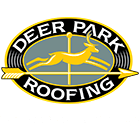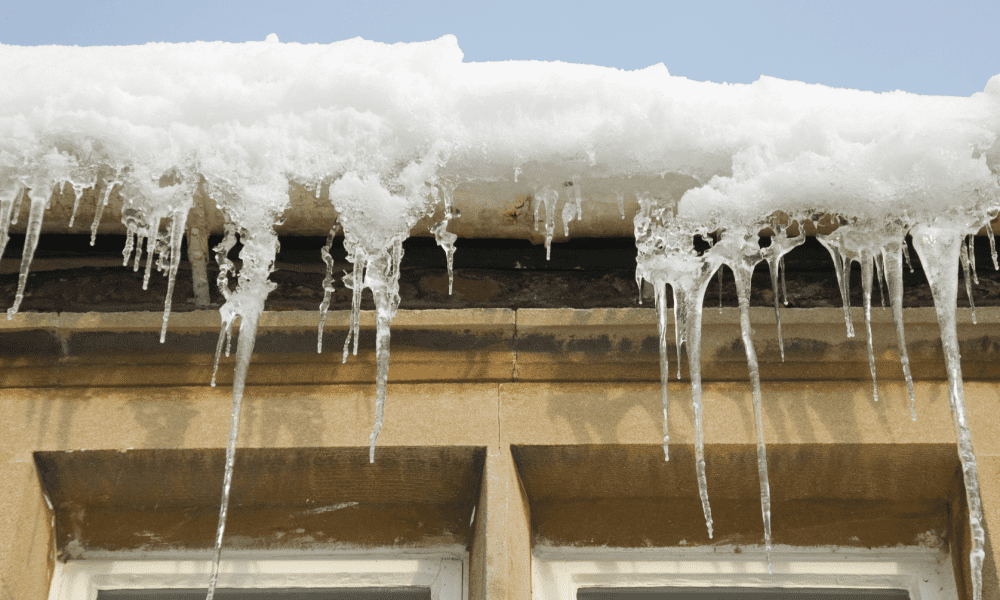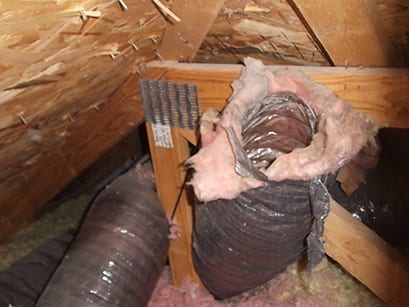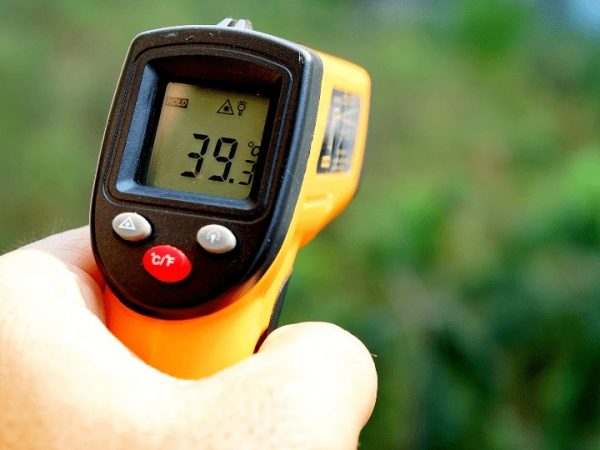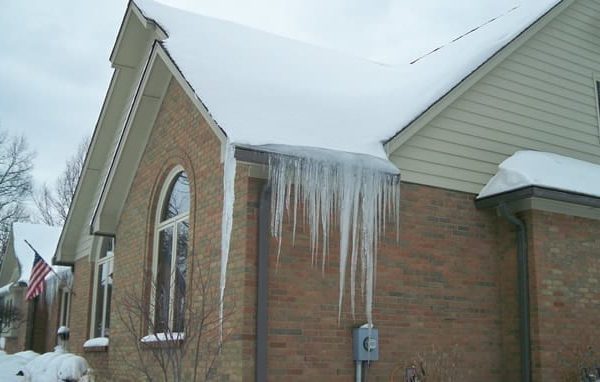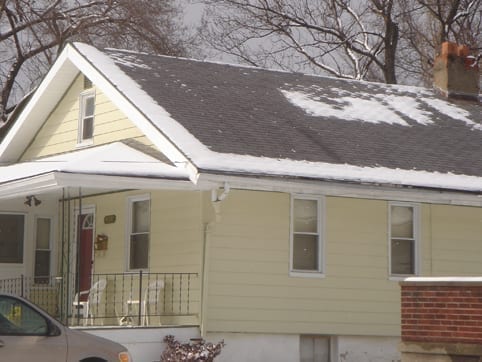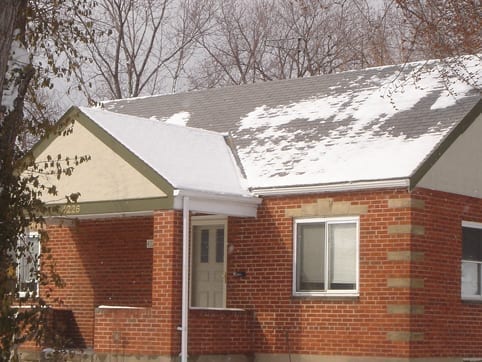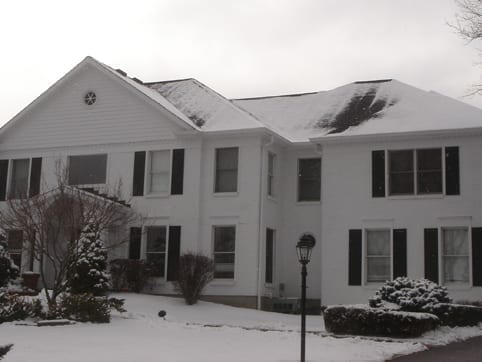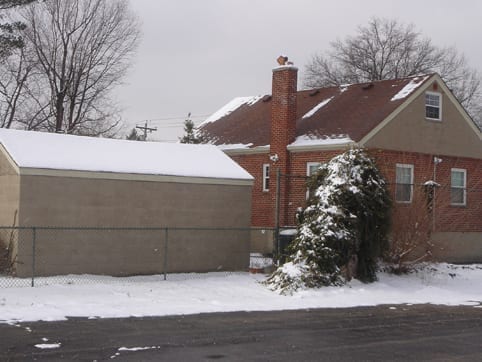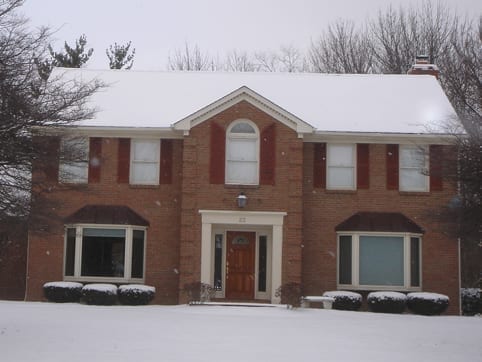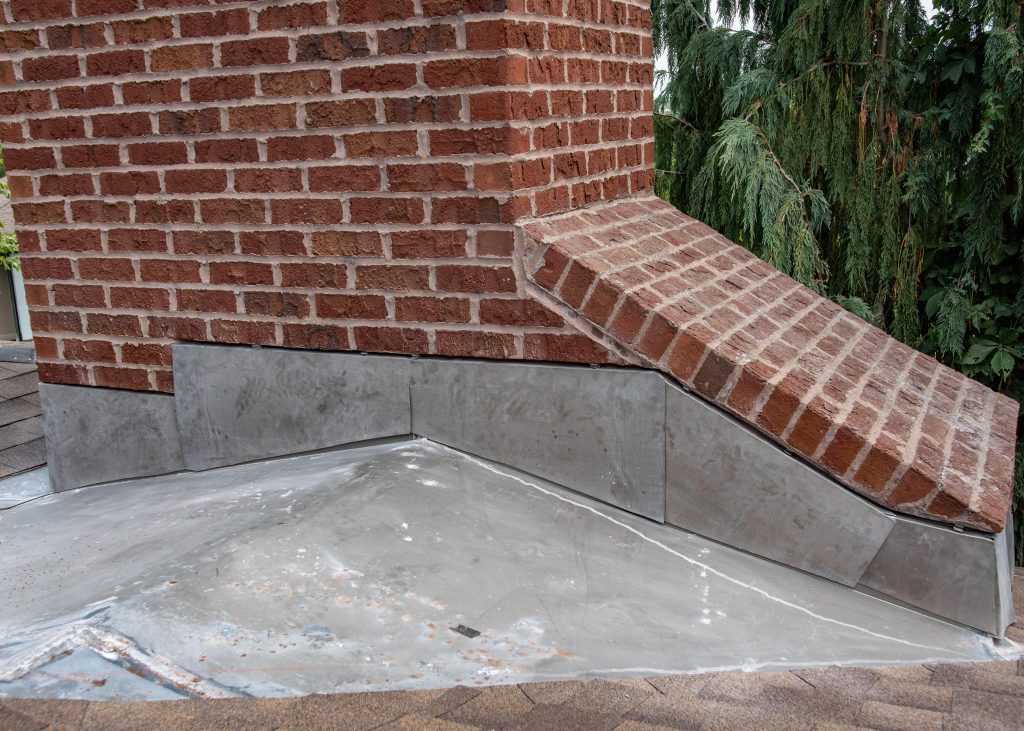Inadequate levels of insulation allow heat to escape from conditioned living spaces and warm the roof sheathing. For example, an ice dam that has a history of occurring on a house in Climate Zone 5 with an attic insulation level of R-19 can be prevented by increasing the level of insulation to the DOE’s recommendation of R-49. This improvement to the thermal boundary will prevent heat loss and ensure the roof sheathing temperature is below freezing when it is covered in snow. Low insulation levels are relatively easy to fix, but ice dam remediation often is not this simple.
When snow covers a roof system, it insulates the attic space and prevents heat from escaping. An inch of snow has an R-value of about 1. This means 12 inches of snow have nearly the same amount of thermal resistance as wall insulation and can cause ambient air and roof sheathing temperatures in attic spaces to rise when covered in snow. Building occupants and homeowners have a tendency to crank up the furnace during cold winter days as well, and air leakage becomes problematic. Warm air can leak into attic spaces from areas such as attic hatches or penetrations such as pipes, light fixtures or vents.
Ductwork is a source of heat within an attic space and any air leakage that occurs from ductwork located above the thermal boundary can cause ice dams. Even ductwork installed efficiently typically is insulated to no more than R-6, radiating heat up to 50 F into an attic space. If leaking, it can exhaust air into an attic at temperatures as high as 80 F. Although not always possible, ductwork located within the thermal building envelope reduces the risk of ice dam formation and increases the thermal performance of mechanical equipment. When it is determined a source of air leakage or improperly installed ductwork is the root cause of an ice dam formation, the scope of work to remedy the problem may be outside the norm for a typical roofing contractor.
Mechanical contractors, design professionals and property owners often are unaware of the burden redirected to roofing contractors when these inefficient systems are installed. If the decisions about mechanical equipment locations were based solely upon roofing considerations, it would be more desirable to place ductwork within the thermal envelope instead of above it.
A relatively new trend in construction is to locate mechanical equipment, such as furnaces, in attic spaces of steep-slope structures. This can be disastrous for roofing contractors in northern climates. Furnaces can give off tremendous amounts of heat and create temperature differentials in a roof sheathing. Many complex attic assemblies, especially those in multifamily properties, are constructed with firewalls or other types of framing that contain the heat from spreading to other areas. The result often is ice dam formations in places roofing contractors historically are not used to seeing and are extremely difficult to fix.
Most roofing manufacturers and building codes in northern climates require ice and water underlayment to project 24 inches inside the interior walls at the eaves. Depending on the locations of the furnaces and the complexity of attic spaces, ice dams can form well inside the 24-inch area at the eaves that is protected by ice and water underlayment. When a leak occurs from this furnace configuration type, it is no easy task for contractors to explain the cause to property owners nor is it an easy task to correct the problem. HVAC professionals are not likely to provide solutions, and roofing contractors have limited prevention or repair options.
Ventilation codes were drafted in the 1940s, long before the widespread practice of installing furnaces in attic spaces. When a vapor retarder is not present, many building codes and shingle manufacturers require the 1:150 ventilation ratio of 1 square foot of net free vent area per 150 square feet of attic floor space. Unfortunately, when ductwork and mechanical equipment are located within the attic space, ventilation codes are insufficient. In reality, natural ventilation will not cool the roof sheathing near the furnace more than a few degrees Fahrenheit. Mechanical roof ventilation could provide a solution but often is impractical because it would require industrial-type ventilators to be effective.
Other design criteria not addressed can increase the severity of ice dam formations. These items include low roof slopes, poor drainage, large tributary areas, length of eaves, gutter sizes and lengths, and downspout placement.
Historically, ice dam remediation has been focused on issues surrounding thermal inefficiencies, but as attic spaces are constructed in a more complex manner, ice dam formations are more likely to occur. Unfortunately, building codes and manufacturer recommendations do not consider the unintended consequences of placing furnaces, other mechanical equipment and ductwork in attic spaces. Ventilation codes and underlayment specifications are ineffective in their current forms, and ice dam formations no longer are confined to the eaves.
To further complicate the matter, the architectural community and HVAC contractors are relatively unaware of the problems associated with their design and installation practices, leaving roofing contractors to correct the associated problems. These problems are costly to correct, outside the scope of typical roofing operations and can be difficult to pinpoint. The relocation of mechanical equipment usually is not an option either.
Ice dams can be prevented when attic insulation is properly installed, air leakage does not exist, and all sources of heat are located within the thermal boundary. Inspecting an attic space for heat sources and inefficiencies before new roof system installations can help predict the likelihood of an ice dam formation.
Ice dams occur when the outside temperature is approximately 10 degrees below freezing and snow is present on the roof. Homes with poor insulation allow heat to escape from the living quarters into the attic. If the roof system is not properly ventilated, heat will build up in the attic and warm the roof deck. Since the underside of the roof deck is warm, the snow begins to melt. When the melted snow reaches cooler roof areas, usually the gutters or areas near the overhang (eaves) it will refreeze. The thaw-freeze process is not ideal for shingled roofs since the ice can can cause water to pond and get underneath the shingles.
